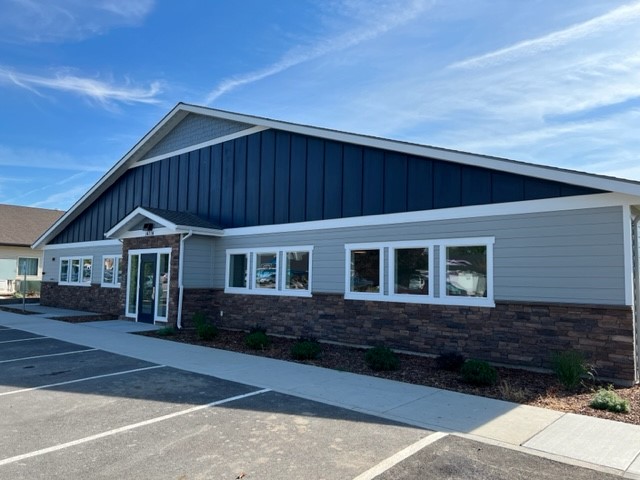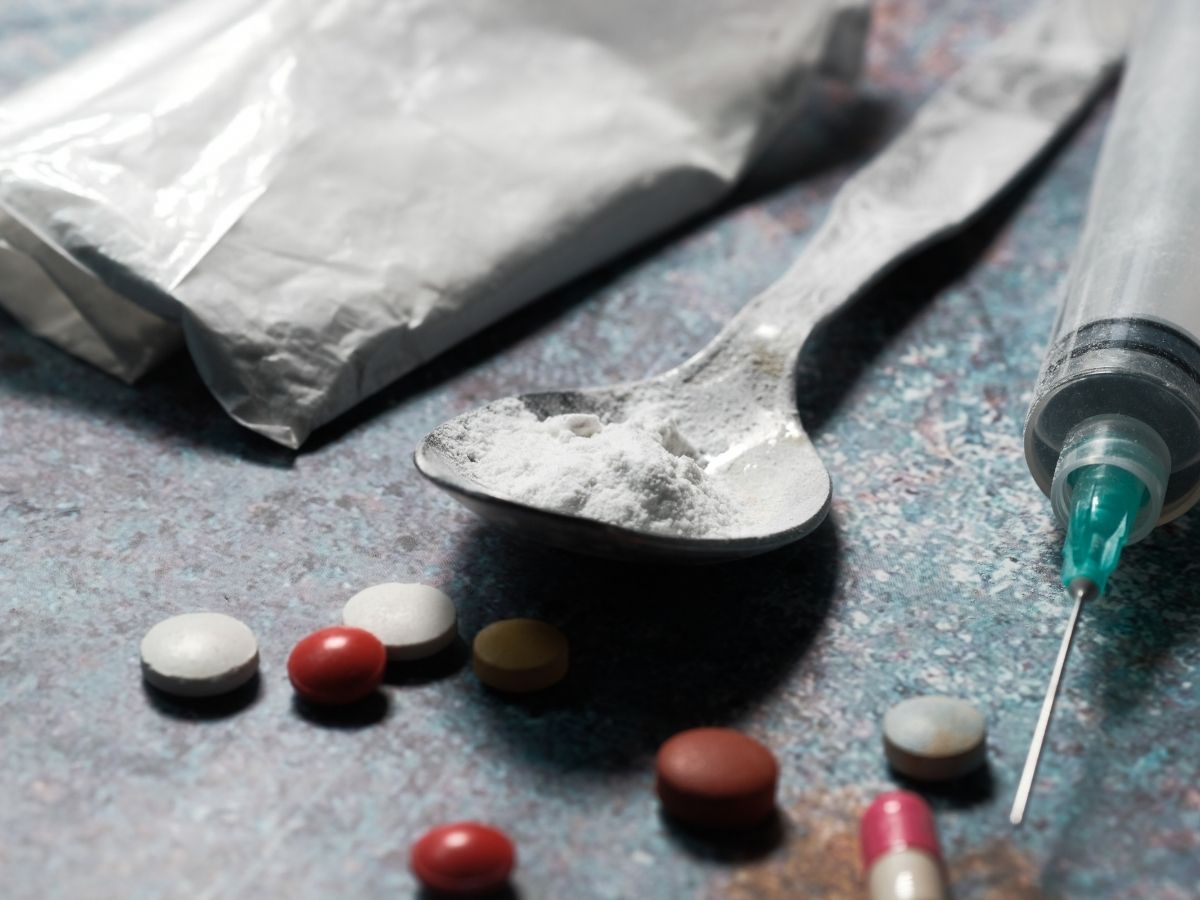
What Are Hydrocodone and Oxycodone?
The most frequently prescribed opioid pain medicines for mild to severe pain are oxycodone and hydrocodone. The two drugs are helpful painkillers; however, both have risks. Potential side effects include opioid overdose and opioid dependence. Any consumer of oxycodone and hydrocodone should know the difference between the two medicines.
This article will discuss how oxycodone and hydrocodone are alike and different, as well as their propensity for abuse. There is help available if you or a loved one becomes addicted.
Skip To
Table of Contents
How Do Hydrocodone and Oxycodone Work?
Both oxycodone and hydrocodone are prescription opioid drugs, both of which exhibit the same side effects of blocking pain sensations in the central nervous system. Both drugs are commonly abused to treat chronic pain and enable patients experiencing post-surgical and traumatic pain to find relief.
Both are prescription drugs that can come in extended release forms. Both are Schedule II controlled substances.
These drugs, however, are highly abused and need to be administered correctly to prevent dependence and overdose.
End the Emotional Pain. Get Your Life Back.
Feeling Depressed, Anxious or Struggling with Mental Health Illness? Get Safe Comfortable Mental Health Dual Diagnosis High-Quality Therapy From Counselors That Care. Begin Your Recovery Now.
Hotline: (509) 348-4077

Oxycodone: A More Potent Analgesic
The drug is a semi-synthetic opioid that is based on thebaine, an alkaloid of the opium poppy. It is commonly applied when pain is treated over a long period, particularly when the patient suffers from severe pain, and it cannot be alleviated by using over-the-counter painkillers.
Oxycodone is usually more potent than hydrocodone and is generally taken in combination with other drugs such as acetaminophen (as in Percocet) to maximize its pain-relieving effects.
- Mechanism: Oxycodone is effective on the brain and nervous system’s response to pain, suppressing both acute and chronic pain.
- Potency: Oxycodone is stronger than hydrocodone and, as such, can be used for more severe pain but also poses a greater risk of developing opioid addiction.
- Effect duration: The effects of oxycodone typically set in after 30-60 minutes and last for 4-6 hours based on dose.
Hydrocodone: Optimal Use in Short-Term Relief
Hydrocodone is a codeine-derived semi-synthetic opioid and thus used to treat moderate pain. It is commonly used in transient pain management (post-traumatic or post-surgical). Hydrocodone is also widely pre-combined with acetaminophen, such as in Vicodin or Norco.
- Mechanism of action: Hydrocodone, like oxycodone, blocks pain messages from reaching the brain, albeit it tends to be used for less severe issues.
- Potency: Hydrocodone is less potent compared to oxycodone and is usually prescribed for the relief of moderate pain in comparison to severe pain.
- Acting duration: Hydrocodone takes effect approximately 1 hour after administration and reaches its peak after 1-1.5 hours, with pain relief lasting for a shorter period than that of oxycodone.
Get Help. Get Better. Get Your Life Back.
Searching for Accredited Dual Diagnosis Mental Health Centers Near You?
Even if therapy failed previously, or are in the middle of a difficult crisis, we stand ready to support you. Our trusted behavioral health specialists will not give up on you. When you feel ready or just want someone to speak to about counseling alternatives to change your life call us. Even if we cannot assist you, we will lead you to wherever you can get support. There is no obligation. Call our hotline today.
FREE 24/7 Dual Diagnosis Mental Health Services HotlineWhat Is the Difference Between Oxycodone and Hydrocodone?
The question is whether the two are similar, hydrocodone and oxycodone? The answer is yes. They are identical in that they are both pain killers, although they have a few differences, as one of them is an opioid. Hydrocodone is differentiated from oxycodone as follows:
- Chemical Composition: Hydrocodone is made using codeine, and oxycodone is made using thebaine. The difference causes differences in strength, side effects, and potency.
- Strength and Potency: Oxycodone is more potent than hydrocodone and is better suited for severe pain. But it also implies it is more likely to be abused and rely on opioids.
- Side Effects: The two drugs have pretty much the same side effects of nausea, dizziness, constipation, and drowsiness. But hydrocodone is more likely to be exhausted, and oxycodone causes more constipation.
- Staying power: Oxycodone lasts on average for 4-6 hours, while that of hydrocodone takes effect a bit earlier.

Addiction and Overdose Risk
The two drugs, hydrocodone and oxycodone, have very high potential for abuse and will cause opioid addiction. By elevating dopamine levels in the brain, the drugs may cause euphoria, and are therefore abused. This may lead to tolerance in the long run, where increasing amounts of the drug need to be consumed to experience the same effects. Opioid substance abusers will then become dependent on the drug.
There is an increased risk of overdose from opioids with the use of oxycodone or hydrocodone, and especially when taken at doses greater than the prescribed dose or with another depressant of the central nervous system, such as alcohol or benzodiazepines. An overdose can be indicated by:
- Irregular or labored breathing
- Weakness or loss of consciousness
- Sweaty or pale skin
- Weakness or dizziness
You must remember that hydrocodone and oxycodone are to be consumed only on a doctor’s prescription and that they should never be mixed with other pills that may turn into an overdose risk.
Comfortable Facilities & Amenities
High-Quality Mental Health Services & Behaviroal Health Substance Abuse Treatment
Rehab Centers TourRenowned Mental Health Centers. Serene Private Facilities. Inpatient Rehab Programs Vary.
Mental Health Helpline: (509) 348-4077Proven recovery success experience, backed by a Team w/ History of:
15+
Years of Unified Experience
100s
5-Star Reviews Across Our Centers
10K
Recovery Success Stories Across Our Network
- Low Patient to Therapist Ratio
- Comprehensive Dual-Diagnosis Treatment
- Complimentary Family & Alumni Programs
- Coaching, Recovery & Development Events
- Comfortable Onsite Medical Detox Center
Side Effects of Oxycodone and Hydrocodone
Though both hydrocodone and oxycodone are drugs used for pain medication, they may lead to some similar side effects that affect the quality of your life. The most typical side effects of these opioid analgesics include the following.
- Gastrointestinal: Both drugs have constipation, nausea, and vomiting as side effects.
- Central nervous system: This may result in drowsiness, dizziness, confusion, and difficulty concentrating, particularly with increased doses.
- Respiratory depression: Oxycodone and hydrocodone suppress the respiratory function, which may cause death, particularly with excessive consumption.
- Allergies: It may cause itching, swelling, or shortness of breath, which are manifestations of an allergic reaction in some individuals.
Inform your healthcare provider right away if you experience any side effects.
Safe Handling of Pain Relief
As a patient on hydrocodone or oxycodone pain medication, you must follow your healthcare provider’s instructions strictly to prevent opioid addiction and opioid overdose. Instructions on how to handle drugs safely are as follows:
- Take as directed: Do not take more than the prescribed dose. Higher doses may cause an opioid overdose and dependence.
- Do not consume alcohol and other CNS depressants: Opioids taken with alcohol or other CNS depressants are dangerous and can cause a decrease in the rate of respiration and overdose.
- Watch for any addiction symptoms: Try to observe any new side effects like craving and the need to increase doses, and tell your doctor.
- Avoid quitting suddenly: If you wish to stop using these drugs, you must taper off (gradually decreasing the amount of the drug) by your physician’s direction to prevent withdrawal effects.
Treatment of Oxycodone and Hydrocodone Addiction
Individuals or their loved ones with opioid addiction from oxycodone or hydrocodone opioid painkillers need professional intervention. Opioid pain reliever addiction has severe consequences, yet it can be treated.
Our addiction treatment will involve:
- Detoxification inpatient: A supervised detox regimen is used to assist in managing the withdrawal symptoms safely.
- Treatment centers for residents offer 24/7 medical care and counseling, along with long-term recovery support in a structured environment.
- Outpatient treatment: Individuals who do not require hospitalization receive counseling and other treatment programs in an outpatient setting, allowing them to continue living their everyday lives.
Frequently Asked Questions: Getting Help in Spokane Valley, WA
-
How do you approach oxycodone and hydrocodone in Spokane Valley, WA?
We Level Up Washington is where you’d want to come in Spokane Valley, WA, or the surrounding community, to treat the issue of opioid addiction with specially crafted programs. You may require inpatient detox, outpatient treatment, or residential therapy, and our experts are here to guide you on the road to recovery.
-
What are the levels of opioid addiction treatment?
We offer a wide spectrum of treatment services at our We Level Up Washington facility, including inpatient detox, residential treatment, and outpatient therapy. Our treatments address both the physical and psychological components of opioid addiction for the delivery of the needed assistance to achieve long-term recovery.
Conclusion: Safe Recovery and Pain Management
It is helpful to be aware of the differences between hydrocodone and oxycodone so that you can make well-informed decisions about controlling pain and avoiding their misuse risks. Both drugs aid in pain control, but both have several risks involved, such as the risk of opioid addiction, overdose, and withdrawal.
We at Level Up Washington are here to help you if you or a loved one is struggling with addiction. Our trained professionals will get you on the right track toward a healthier and safer lifestyle. Call us today and see how we can help you find healing.
World-class, Accredited, 5-Star Reviewed, Effective Mental Health Dual Diagnosis Programs. Complete Integrated Inpatient Rehab with Free Post Discharge Therapy Planning.
Hotline: (509) 348-4077End the Emotional Pain Rollercoaster. Gain Stability & Happiness Through Recovery Treatment. Start Mental Health Counseling Today. Get Free No-obligation Guidance by Behaviroal Health Specialists Who Understand Mental Health Recovery.
Summary
Call today to speak with our team and learn more about our programs. We Level Up Washington: (509) 348-4077. Your next step starts here.




